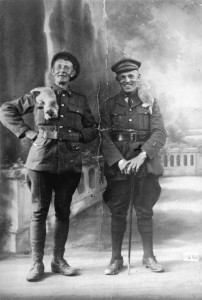10.1 Introduction

Modernity is the term given to a constellation of behaviours, values, and beliefs associated with the industrial, urban era. This term is associated with challenges to traditional values and ways of looking at the world and is often used in connection with 20th-century artworks, literature, and architecture. In some respects, the term is a shorthand for the 19th-century break with traditional oligarchy and feudal authority; the rise of nation-states and democratic society (with its emphasis on the rights of the individual); changes in the life-course (including the emergence of childhood as a period of dependence, predominance of nuclear rather than extended families, later first marriages, and falling fertility rates); and enthusiasm for public spectacle (such as vaudeville, movies, spectator sports, and even religious revivals). Modernity was also stamped upon gender roles and ideals of both womanhood and manhood. Science, technology, innovation, and professionalization are other facets of modernity, as is the widespread belief in progress and, implicitly optimism.
This chapter explores several themes and aspects of modernity that are now so interwoven with the fabric of life in Canada as to be almost invisible. At one time, however, they were revolutionary, or nearly so.
Learning Objectives
- Provide working definitions of modernity and modernism.
- Identify the forces behind modernization, its constraints, and its opponents.
- Describe the connections between modernism, secularism, and organized religion.
- Assess the impact of modern values on gender roles and family households.
- Account for changes in the experience of childhood and adolescence.
- Outline developments in the arts, media, sports, and popular culture.
Attributions
Figure 10.1
Studio portrait of Noel Robinson and Bill Reed in military uniforms by Philip T. Timms is in the public domain. This image is available from City of Vancouver Archives under the reference number CVA 677-423.

